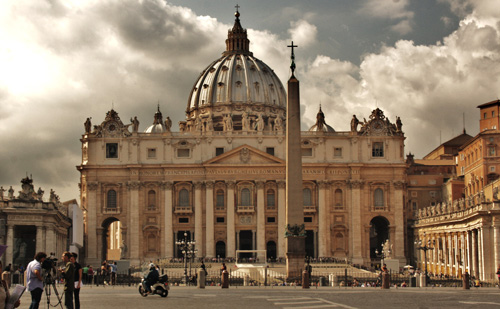As my family travels, we meet quite a few people who ask us things like, “Where is your favorite place to go?” (I have no answer to this) or “What’s your favorite part of traveling?” For this question, it’s easier to just give some simple generic answer about how much fun it is to travel and then move on.
Wednesday was a moving day, our first after an extraordinarily long stationary period of about six weeks. Early that morning (though not as early as we wanted) we got up, stowed our belongings in their traveling spaces, snugged the hermit crab tank into the sink, strapped stuff down, unplugged cords and hoses, pulled up the levelling jacks, locked all the doors, and hit the road. Our journey took us across the last strip of western Nebraska and across a pretty good chunk of Wyoming. As we drove, I began to think about what my favorite part of living on the road really is.
I grew up in southern Alabama. Alabama is a reasonably pretty place. It might very well have a landscape that is as striking as the landscape of the plains, only no one ever noticed because the whole place is covered in trees. I suppose that if one was not used to trees, then Alabama might be just as impressive, but I don’t really know. After all, beauty is in the eye of the beholder. At any rate, no matter how long I spend traveling through the west, Wyoming is still a bit shocking.
One of the more negative side effects of constant travel is that after a few years, it just isn’t quite as exciting. In the last four years we have driven nearly a hundred thousand miles back and forth across the United States. After a while, the roads start to look too familiar. The excitement begins to wear off because instead of going somewhere new, we just travel over the same places we’ve already been to a dozen times. This is often fun, but not particularly exciting.
Then, out of the blue, something breaks up the trip and reminds you of what was so terrific about traveling in the first place. Sometimes it’s a trip home to remind one of what sedentary life was like. Other times it’s just the simple shock of driving through a place like Wyoming. Surrounded by wilderness that goes on and on, bluffs and buttes and baby antelope and sheep ranches with lambs hopping through the super green spring grass, it’s a little bit harder to be dismissive of the world outside the window. Something about the landscape is too jolting to be ignored. Too beautiful. And that’s when the journey gets to be fun again.
Beauty is defined as “combination of qualities, such as shape, color, etc. that pleases the aesthetic senses, especially sight.” It also means “a combination that pleases the intellect or moral sense.”
Beauty can have two parts. The first is merely pleasing to the senses. The second is a more internal appreciation of something. For instance, looking at an excellent painting, one is first drawn to its visually appealing qualities. After looking closely, though, one becomes acquainted with the more intellectual side of the painting—the symbols, the hidden meanings, the historical influences. The painting is then pleasing both aesthetically and intellectually. And just as beauty can draw one’s attention to intellectually appealing qualities, it also has the ability to draw ones attention to moral things—hence beautiful churches.
Driving across the country all the time (and really, just living through a day), there are abundant opportunities to see all kinds of beauty. There are also plenty of opportunities to overlook beauty, and that, I am sorry to say, is probably the much more common occurrence. That’s where the shock comes in. A shock of beauty to recall the thrill of adventure and the fun of the journey and to remind us how important it is to look for more beauty.
And that’s my favorite part of traveling.











